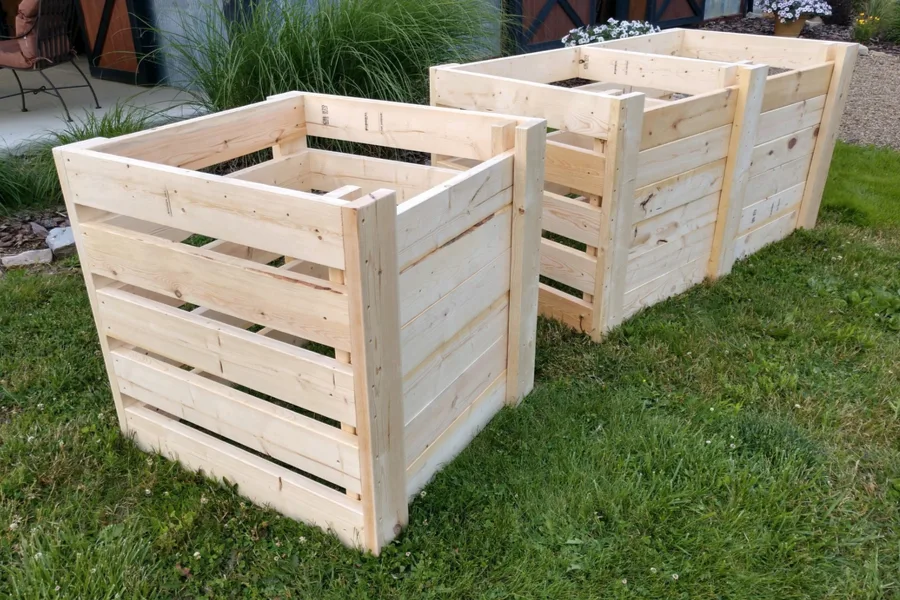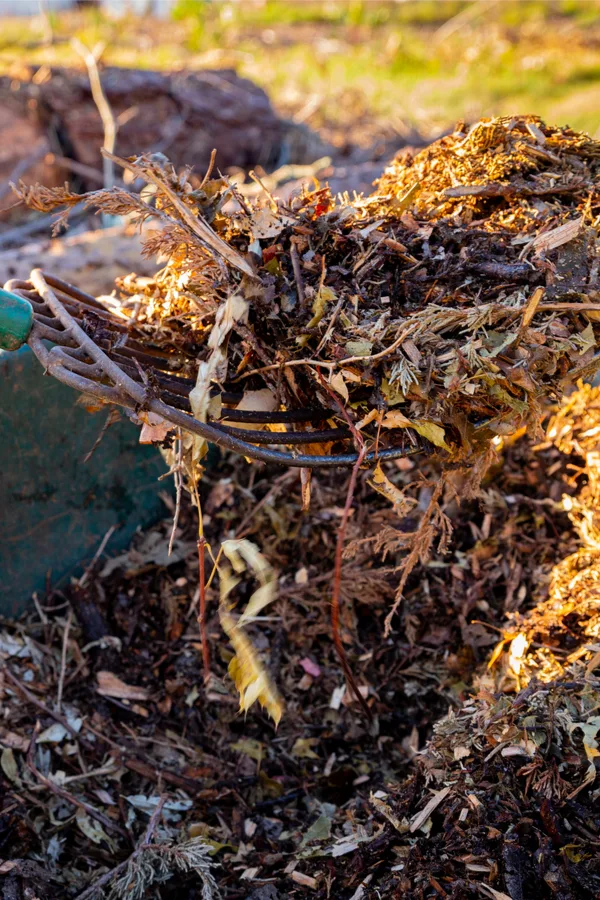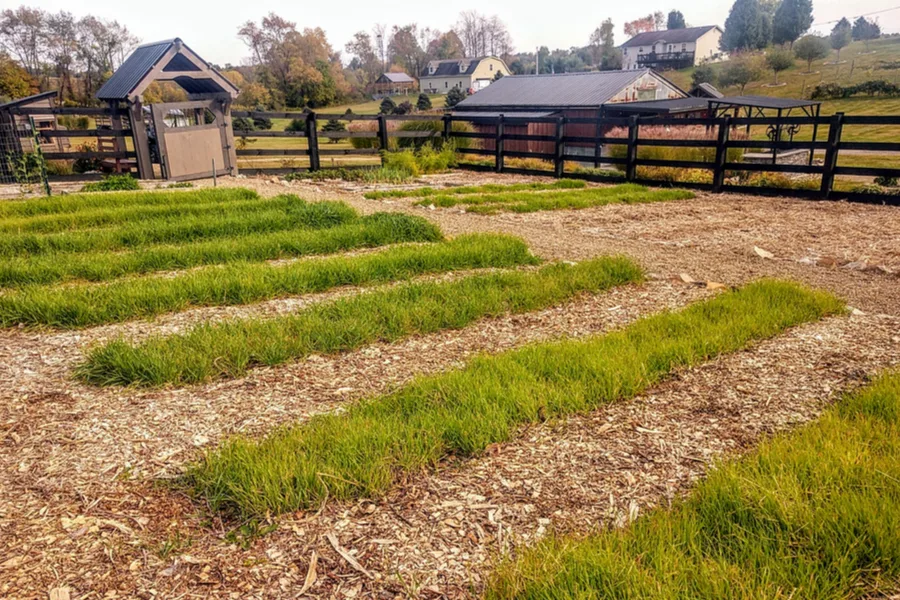Looking for a simple, inexpensive way to feed and recharge your garden soil this fall for a better garden next year? We have you covered today with not just one, but 3 easy, low-cost methods to re-energize your soil!
Unfortunately, by the end of summer, your garden soil is tired and hungry. It has been using its nutrients to feed your plants through the spring and summer months.
That same soil, especially if it has been left bare, has also had to deal with washout rains, eroding winds and scorching hot sun. By summer’s end, it is more than ready for a little TLC to bring it back to life – and to prepare it properly for a long winter’s rest.

The best way to feed a garden is to give it natural, organic and long-lasting sources of nutrients -not by loading it up with synthetic fertilizers.
Fertilizing a garden with straight commercial fertilizers might add nutrients, but it will not make your soil better. In fact, it can actually do the exact opposite. It can create soil with poor structure that requires even more fertilizer the following year to produce the same results.
But luckily, there are some easy, low-cost ways to power your soil naturally. And they just happen to also help protect it through the winter. All while adding balanced nutrients that recharge your soil, and improve its overall structure.
Here is a look at 3 great ways to energize your garden naturally this fall, without breaking the bank!
3 Great Ways To Recharge Your Garden Soil Naturally This Fall
#1) Adding Compost To Your Garden
When it comes to building strong, healthy soil – compost is the way to go! Compost is for soil what a healthy well-balanced diet is to a human body.
It replenishes and feeds soil by adding all types of life-giving organic material, microbes and nutrients. And all in a form that is easy for plants to absorb and take in.

Even better, compost also help improves a soil’s ability to absorb and retain moisture to a plant’s root system. And that can pay huge dividends for vegetable plants in the heat of summer.
So what is the best way to use compost in the fall on your garden? Well, that all depends on how much compost you have on hand.
How To Use Compost In The Garden
We like to work an inch or two of compost into the top layer of each growing row. We do this before we plant our fall cover crop. Not only does it add incredible fertility to the garden, it also helps the cover crop germinate better too. If you don’t plant a cover crop, use leaves or a cover to protect your garden’s compost from eroding through winter.
One of the advantages of a raised row garden is that you are only using precious resources like compost where is needed, and not over the entire garden. (See : Creating A Raised Row No-Till Garden)

If you don’t make your own compost or have limited amounts, you can often purchase it in bags or bulk. By the way, if you don’t make your own compost, fall is the perfect time to start!
There are all kinds of great materials to use, and you can have compost ready to put on your rows by late spring and planting time. And making your own attractive compost bin can be easier than you think! See : Simple Compost Bin Plans
#2 Using Autumn’s Leaves To Power Your Garden – How To Recharge Your Garden Soil Naturally
Although leaves are great for starting a fall compost pile, they are also perfect for using to both recharge your garden’s soil, and protect it over winter if you don’t plant a cover crop.
In fact, leaves are the one of the most inexpensive way to provide your garden with organic matter every fall. But the secret to success is using the right variety of leaves, and putting them into your soil the right way!

When it comes to powering a garden, some leaves are better than others. Maple, Birch, Ash, Beech and fruit tree leaves are fantastic to compost. But others, like oak should be used in moderation. Grass clippings (untreated) are also a great addition to gardens to help add nutrients and structure.
The leaves of oak trees tend to be more acidic than other varieties. And too many in your garden (or in a compost pile) can result in creating soil that is less than ideal for growing vegetables.
How To Use Leaves In The Garden
To help build soil structure and fertility, add a few inches of shredded leaves to the top layer of your garden soil. You can use a push or riding mower to make quick work of the shredding. You do not want to add whole leaves as they simply will not break down in time for spring planting.
The leaves will decompose over winter and incorporate into the soil. Much like with compost, you can plant a cover crop underneath first, and allow it to grow up through the leaves.
Not only will the cover crop help keep the shredded leaves in place as it sprouts and grows, the leaves will help hold moisture in to allow it to germinate better. It is a win-win for both!
Check Out Our Podcast On Composting!
If you don’t plant a cover crop, place a few inches of whole leaves on top of the shredded leaves to help keep them in place. You can then remove the whole leaves in the spring and shred for adding to your compost pile.
The beauty is that underneath, the shredded leaves will have completely disintegrated and incorporated into the soil.
#3 ) Plant A Cover Crop – How To Recharge Your Garden Soil
We have mentioned cover crops twice in the article already, so you might have guessed it might be on the list. And it is! To be frank, a cover crop is the number one and best way to recharge your garden soil every fall.
Fall cover crops play a vital role in developing and enriching the soil in your garden. They minimize soil erosion over the winter, and hinder the establishment of weeds. To top it all off, they then feed your soil with organic matter as they break down into the soil in the spring.

The best part of all is that cover crops are easy to plant. And, they don’t have to be tilled in. We plant annual rye as a cover crop in our garden every fall. We then mow it off in the early spring a few times until it dies off. After that, we simply plant right through it. It really is that easy!
And as noted earlier, a cover crop can be used in addition to adding compost and shredded leaves. In fact, by using all three, you can add serious power to your garden. And in quick fashion!
Here is to recharging your garden’s soil this fall, and to an amazing harvest of vegetables next year. Happy Gardening – Jim and Mary.
Jim and Mary Competti have been writing gardening, DIY and recipe articles and books for over 15 years from their 46 acre Ohio farm. The two are frequent speakers on all things gardening and love to travel in their spare time.
As always, feel free to email us at thefarm@owgarden.com with comments, questions, or to simply say hello! You can sign up for our free email list in the subscribe now box in the middle of this article. Follow us on Facebook here : OWG Facebook. This article may contain affiliate links.
